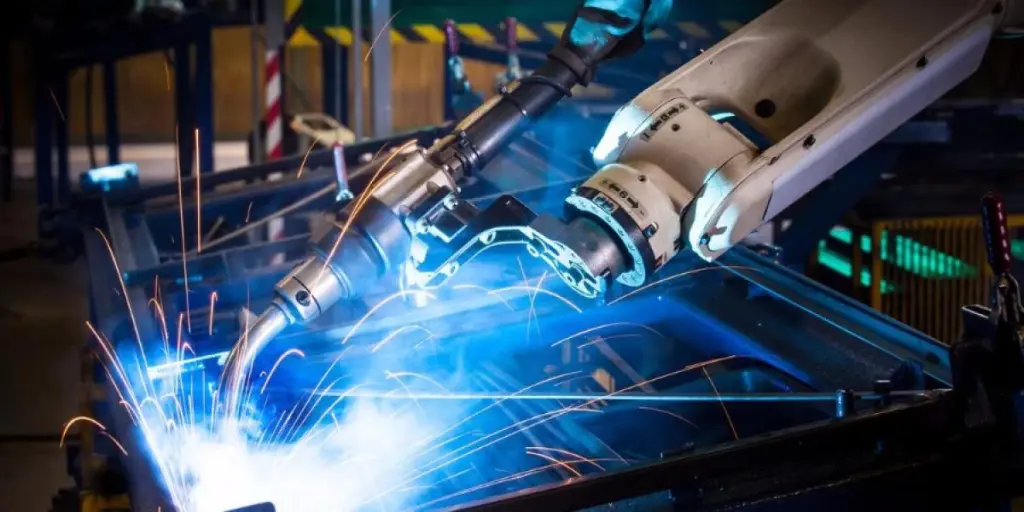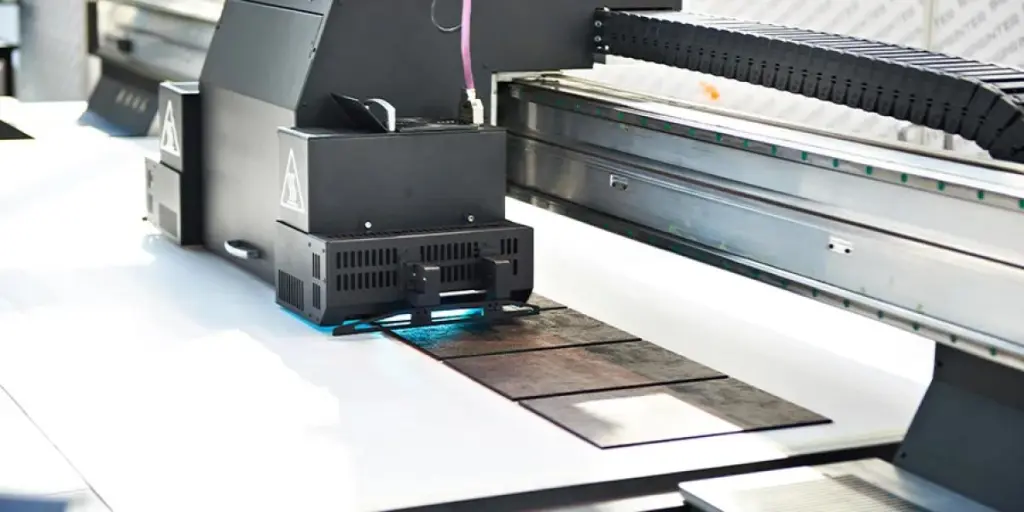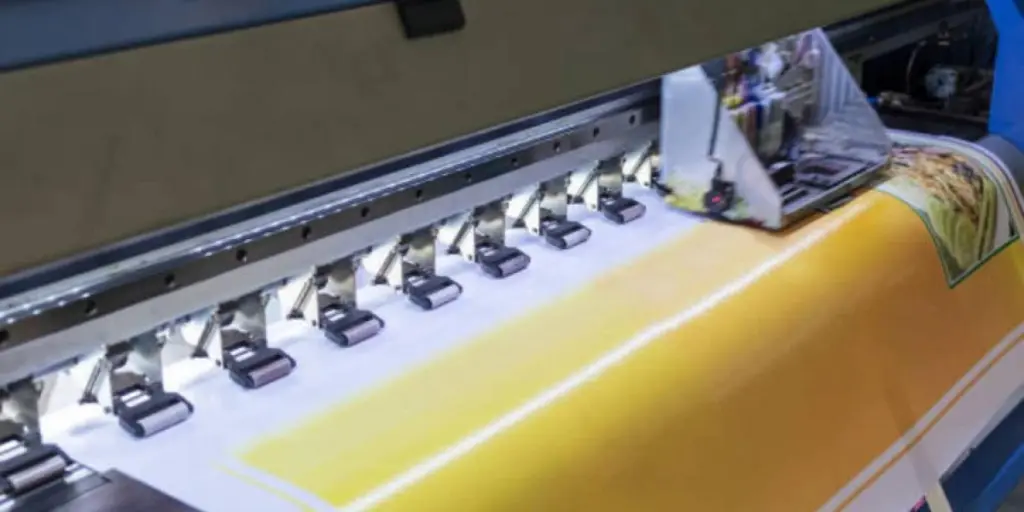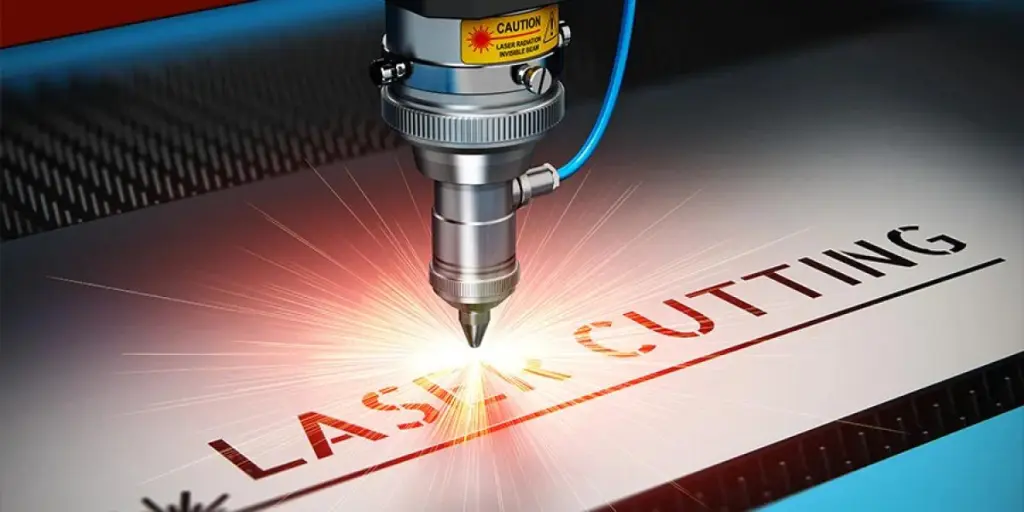While it initially just served to assist people in carrying out difficult tasks like lifting and moving items from one place to another, the machine has advanced beyond all expectations. Today, machines can think, learn, analyze, predict and execute tasks without humans’ help.
This article discusses the emerging trends in the automatic machinery industry. Keep reading.
Table of Contents
Automatic machinery market overview
6 trends in the automation machinery industry
Conclusion
Automatic machinery market overview
Industrial automation has been growing significantly, and it is projected to take a similar upward trend in the coming years.
According to robotics industry statistics, the market size was valued at US$ 18.8 billion in 2018 and is expected to hit US$ 59.9 billion by 2026 at a compound annual growth rate (CAGR) of 15.7%.
Businesses have been driven to automate their manufacturing because of the growing global population and the rising demand for essential goods. This is to boost production to fulfill the increased demand.
6 trends in the automation machinery industry
The rise of robotics
Approximately 400,000 new industrial robots are introduced to the market every year. The increase is primarily because of their cost-effectiveness, high flexibility, and user-friendliness.
The adoption of robots has been evolving even further into simpler designs and more compact interfaces that reduce the overall cost of acquisition and maintenance. Also, collaborative robotics, which involves humans and robots working together, has driven the need for robots to automate processes in several industrial sectors.
Previously, humans and robots did not coexist, but recently they have started working together. Collaborative robotics is rising. Today, you will find robots fitted in assembly lines to handle specific operations.
Integrating manual labor with machine labor increases the flexibility and efficiency of the robots in a manufacturing plant. The robots operate in assembly lines, loading, and offloading areas. Also, they can handle highly complex tasks. Even though robotics is efficient, there is a need for more robots where operations are limited to only one job, such as machine welding.
Moving from data collection to data analysis
Data is vital for firms’ operations and long-term planning. The emergence of technology like machine learning (ML) and artificial intelligence (AI) has transformed how people view data. Today, companies can analyze data and forecast the results of their operations using AI and ML.
The good news is that there are tools from cloud service providers like AWS, Google Cloud, and Microsoft Azure that offer analytics solutions for unlimited data. Manufacturing companies can use cloud services for quality control, manufacturing process optimization, preventive maintenance, worker safety, and physical security.
Vertical integration: IIoT, data, and the cloud
Vertical integration is the process of bringing different stages of production and distribution under the control of a single company. In regard to the Industrial Internet of Things (IIoT), data, and the cloud, this can involve integrating sensors, data management and analysis, and cloud-based services into a single automatic machinery system.
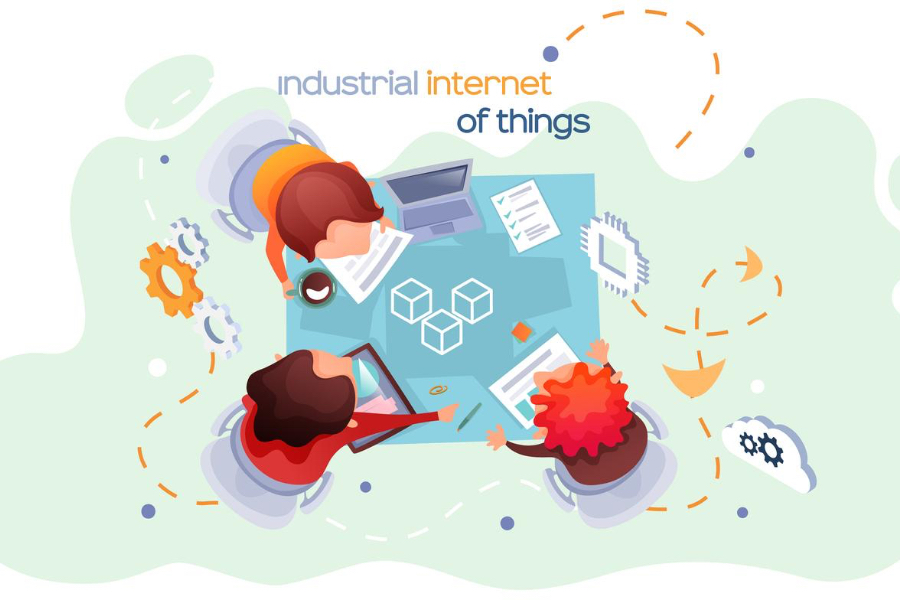
One trend in automatic machinery is the increasing use of IIoT and data-driven technologies to improve efficiency, accuracy, and productivity. For example, sensors can be attached to machinery to collect data on performance, usage, and maintenance needs. This data can then be analyzed using advanced algorithms and ML techniques to identify trends, optimize processes, and predict potential failures.
The integration of IoT, data, and the cloud can also enable automatic machinery to operate more autonomously, reducing the need for human intervention and enabling real-time remote monitoring and control. For example, cloud-based services can provide access to real-time data and analytics, as well as remote control and management capabilities.
Overall, vertical integration of IIoT, data, and the cloud can provide a range of benefits for automatic machinery, including improved efficiency, accuracy, and productivity, as well as greater flexibility and control. This trend is likely to continue as more companies adopt these technologies to improve their operations and stay competitive in the market.
3D printing
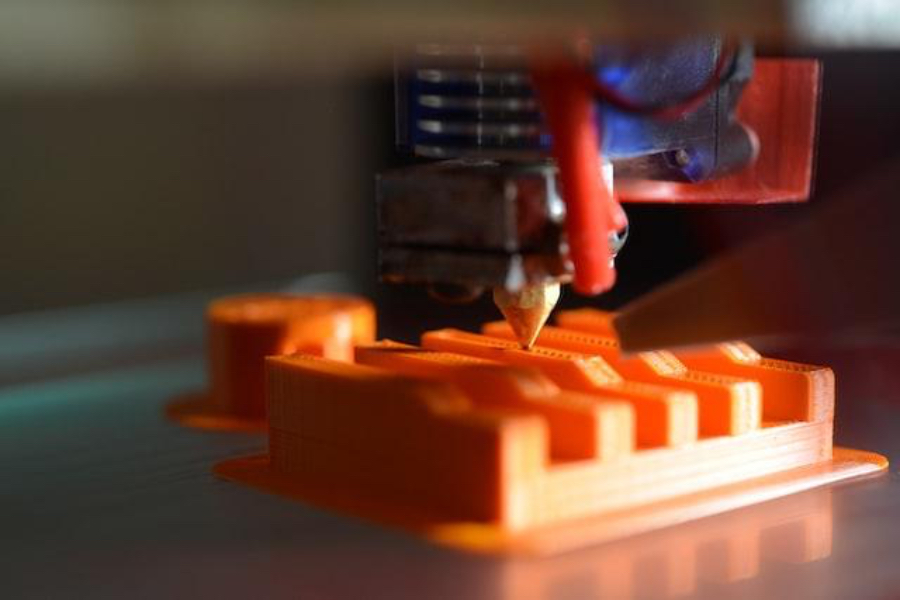
3D printing helps manufacture a physical product with the assistance of digital design computers. Product designers can use three-dimensional technology to create prototypes faster and more cheaply.
Similarly, manufacturers can design and develop their tools and other models in their factories with a 3D printer without importing them.
An example of where 3D printing applies is in the automotive manufacturing sector. Vehicle manufacturers can design car parts such as body panels, engine blocks, and pistons.
3D printing allows companies to create parts that are tailored to their specific needs and requirements and reduces the need for large inventory stocks of standard parts.
Overall, the use of 3D printing in automatic machinery is a growing trend that is enabling companies to improve their product development process, create custom parts and components, and reduce their reliance on traditional manufacturing methods. This trend is likely to continue as 3D printing technology continues to evolve and become more accessible and affordable.
Reshoring to the US
Reshoring is the process of relocating production and manufacturing from abroad to the U.S. In the context of the automatic machinery trend, reshoring refers to the growing trend of companies choosing to manufacture their machinery in the U.S. instead of outsourcing it to other countries.

One reason for this trend is the increasing availability of advanced manufacturing technologies in the U.S., such as 3D printing, automation, and robotics. These technologies can help reduce the cost and time required for manufacturing and enable companies to create high-quality, customized machinery in the U.S.
Another reason is the growing demand for U.S. products made at home and abroad. Many customers and companies want products manufactured in the U.S. and are prepared to pay more for them. This has made it more profitable for companies to manufacture their products in the U.S. rather than outsourcing them to other countries.
Overall, the trend of reshoring to the U.S. is a positive development for the automatic machinery industry. It creates jobs and economic growth in the U.S. and enables companies to take advantage of advanced manufacturing technologies and the growing demand for U.S.-made products. This trend will likely continue as companies increasingly see the benefits of manufacturing their products in the U.S.
Predictive vs preventive maintenance
Downtimes for manufacturers lead to lots of losses in time and revenue. On average, a manufacturer annually deals with 800 hours of downtime. One hour of downtime is equal to approximately US$ 3 million in losses. Therefore, optimal equipment performance is crucial for any business in the manufacturing industry.
Preventive maintenance is the traditional way of checking whether machines are working correctly by scheduling different times for inspections and maintenance before problems could pop up. This assists in increased efficiency, reduced machine breakdowns, and an extended lifespan for the machines.
However, with the advancement in technology, cloud computing and ML not only assist manufacturers in preventing potential breakdowns but also predict when a machine fails. Sensors collect data, send it to the cloud for predictive processing and analysis, and notify the technicians when it is time to stop equipment for maintenance.
Some benefits of predictive maintenance are;
- Savings on costs of maintenance
- Reduced sudden breakdown
- Saves on time for repairs
- Extended lifespan for equipment
- Increases efficiency of machines
Conclusion
Even though machinery automation is still in its early stages, businesses that have incorporated it into their production lines are already seeing the benefits. We have discussed six emerging trends in the automation machinery industry.
